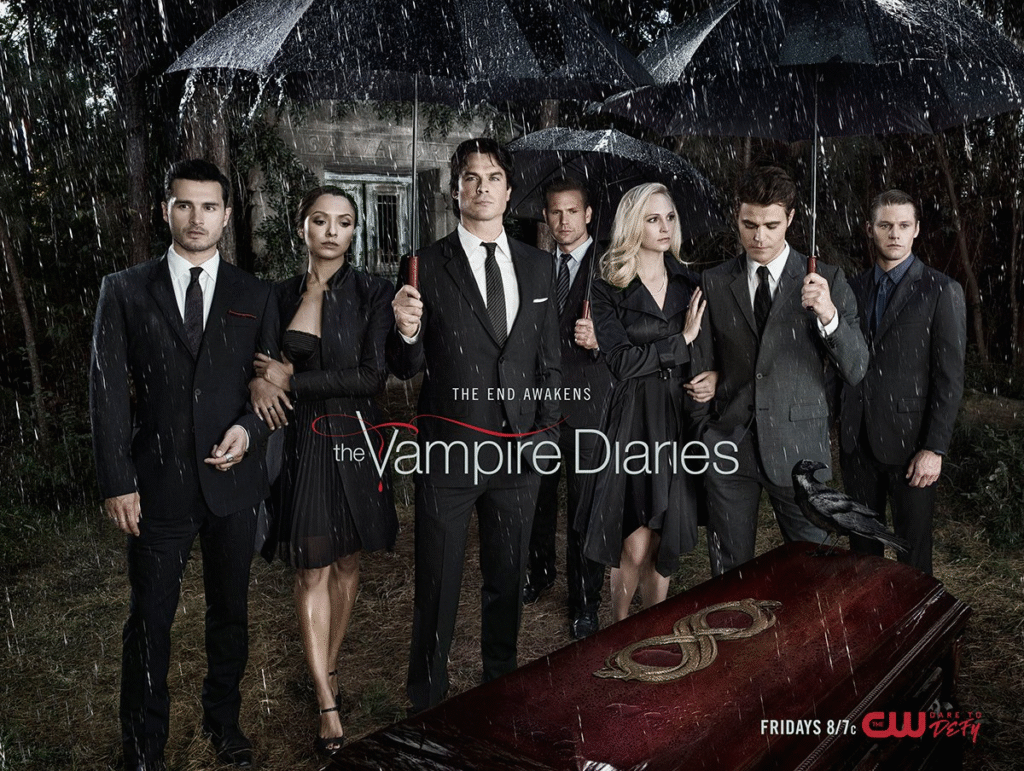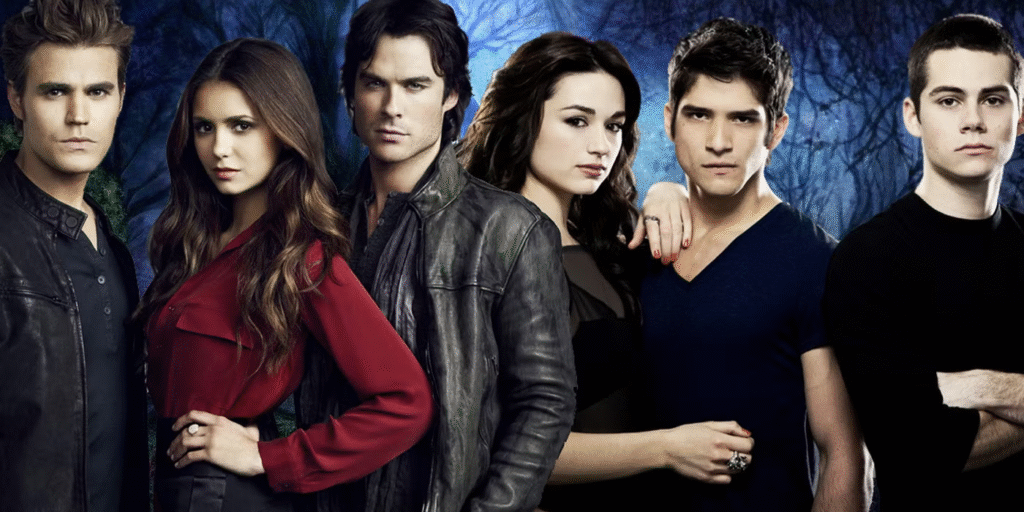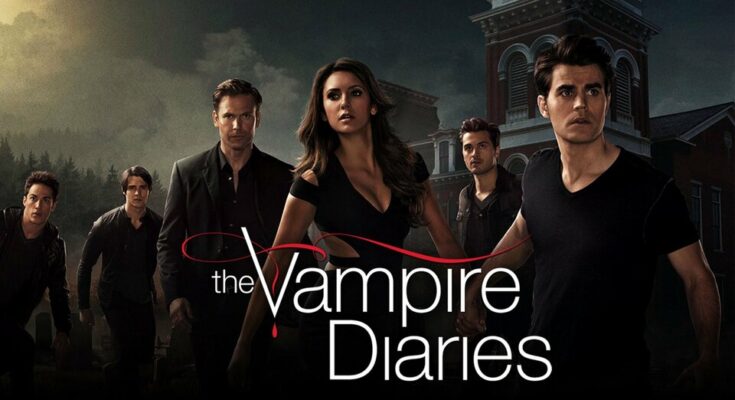The eagerly anticipated cinematic revival The Vampire Diaries 2, reportedly backed by a hefty $120 million production budget, exemplifies a studio’s full embrace of its cult‑hit supernatural franchise; these resources were strategically funneled into richly atmospheric set design—complete with elaborate recreations of ancient castles and fog‑shrouded Romanian forests—state‑of‑the‑art visual effects, and a haunting, orchestral score tailored to amplify every emotional and suspenseful beat
the-numbers.
Beyond crafting a visually striking film, the financial plan also dedicated significant funds to a global marketing blitz that rolled out teasers, trailers, high‑profile fan events, and social media campaigns, igniting a wave of pre‑release excitement. Though several outlets reported that the studio purposefully scheduled the theatrical debut for October 31, 2025, to align with the Halloween season and tap into the public’s appetite for spooky entertainment.

Others caution that no official confirmation has been issued, suggesting these details may still be speculative . Assuming the dates and figures are accurate, the timing is nothing short of genius—leveraging the nostalgic pull of the original CW series (which dominated ratings and fandom from 2009 to 2017), the return of beloved leads Ian Somerhalder, Nina Dobrev, and Paul Wesley, and the thrill of a theatrical upgrade in scale. Early critic screenings and fan premieres reportedly praised the film’s darker tone, emotional depth, and visual fidelity—hallmarks that signal a potentially impressive box‑office opening and long‑term franchise rebirth.

At its heart, The Vampire Diaries 2 tells a success story rooted in bold investment: a calculated gamble on atmosphere, star power, and strategic release timing that could rejuvenate the franchise for both nostalgic series devotees and a younger demographic hungry for polished, immersive supernatural storytelling.




